Description
The an that arose from the snowy heights and in the warm plains of India became the frozen music of form in the vast expanses of Asia, from Siberia, Mongolia, Tibet, China, Korea, and Japan to Nepal, Ceylon, Thailand, Cambodia, Indonesia and other countries. Indian art in its Buddhist idiom is a transic response to the immensity of hurnmano-cosmic unity.
The rich Buddhist heritage of Tibet is a revelation of the depths of transic meditations of great Masters which have been translated into the majestic abundance of visive symbols. These symbols take the form either of images or of thanka scrolls painted on linen as well as on silk. Day by day they are attracting ever-increasing attention of young students, art connoisseurs, artists, historians of art, of those interested in the mystique of the Orient, and even of the layman. As more and more thanka scrolls are being painted to adorn homes and inspire the hearts of modem man, it is evident that their subtle milieu is in need of introduction. The plurality of gods, goddesses and godlings painted in brilliant colouring, surrounded by flames, or in moving clouds, provides innumerable visual centres and rhythms. To afford an identity to this astonishing world of beauty, it becomes imperative to bring out a complete pantheon of Tibetan deities, so that they may be properly named, their symbolism understood in all the sublimity of colours of the original so that the frozen music of colour and form verily echoes the poly tonic visions of Cosmic Consciousness.
The outstanding deities of the Lamiast Pantheon have been studied in the learned works of modem scholars. Pander, Oldenburg and Clark have published three autocthon iconographic collections which have proved to be of importance in identifying deities of the enormous pantheon of Tibetan Buddhism. Besides the above three pantheons, we have the Rin-hbyun which has come to be well known in research works as the Five Hundred Gods of Narthang.It has been a major source for the iconographic studies of A. Grunwedel and F.D. Lessing. Isolated pictures have been published by them. In the present work, we have reproduced this pantheon of 500 deities and teachers, besides four others. The vast iconographic material preserved in Tibet is thus made accessible to modem scholarship. The present work is a sine qua non for Buddhist studies Tibetology, Mongolistics, History of Art, Indian Art and so on.

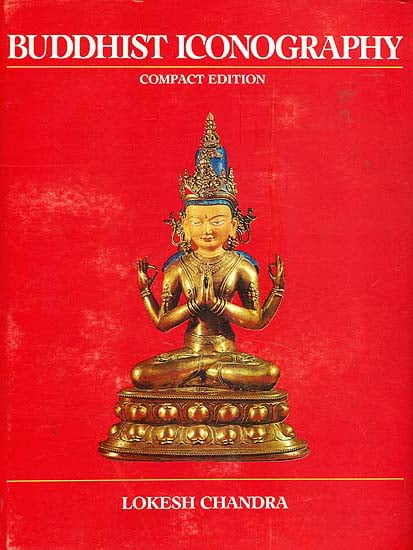
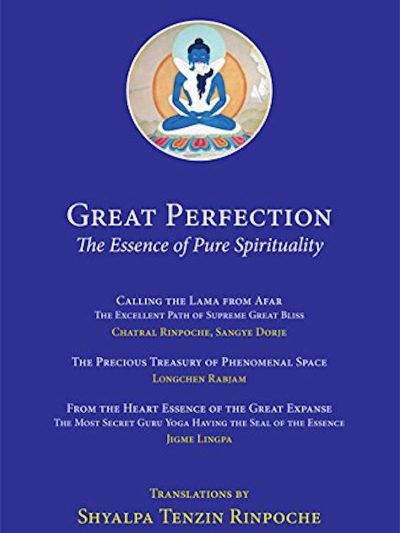
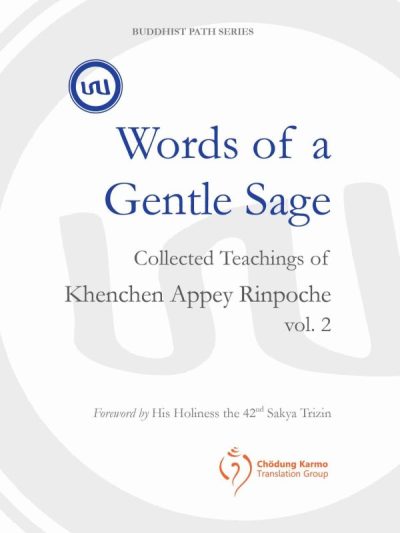
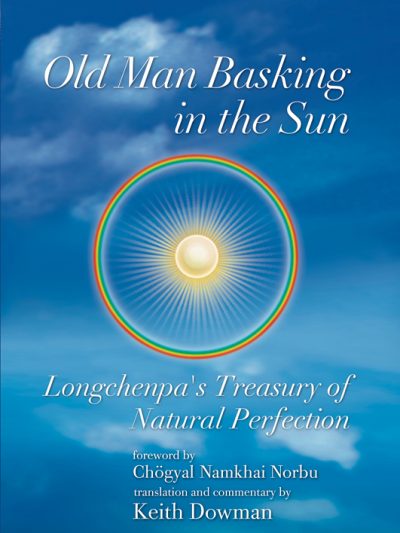
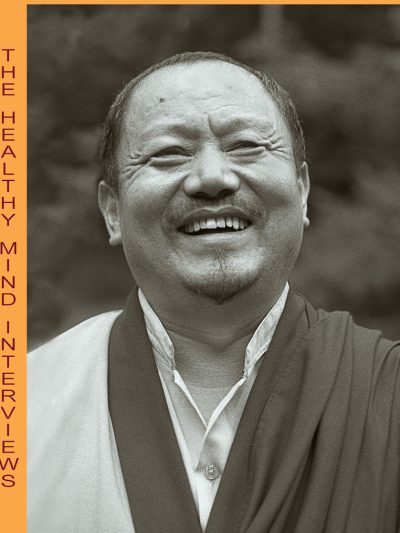
Reviews
There are no reviews yet.